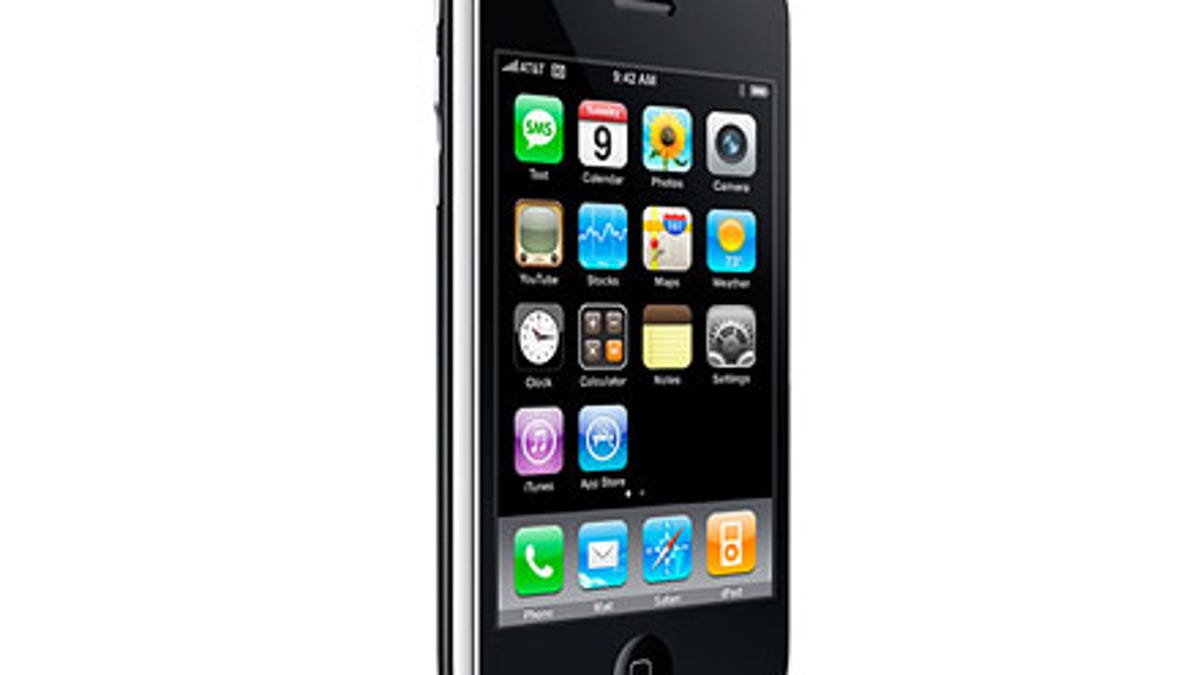Power-control software blamed for iPhone 3G reception issues
A flaky power-control algorithm within the iPhone 3G seems to be a likely cause of the persistent reception problems that have plagued early adopters.

A plausible scenario for the iPhone 3G reception problems has emerged: it's a power thing.
RoughlyDrafted reported Thursday that a source with AT&T blamed "faulty" power-control software inside the iPhone 3G for the dropped calls and poor reception that owners have been experiencing since the device was released in July. In short, the iPhone 3G demands too much power--more than is necessary--from a local cell tower to maintain a connection, and when multiple iPhones try to glom onto the same tower, the problem snowballs.
The iPhone OS 2.0.2 software update was designed to fix this power-control problem, according to RoughlyDrafted's source. However, the source believes that the problems will not go away entirely until all iPhone 3G owners--or quite a few--upgrade to the 2.0.2 software:
In a mixed environment where users are running 2.0, 2.0.1, and 2.0.2, the power control problems of 2.0 and 2.0.1 will affect the 2.0.2 users. It is not the network that is fault but the interaction of the bad power control algorithm in 2.0 and 2.0.1 software and the network that is at fault. The sooner everybody is running 2.0.2 software the better things will be.
This explanation makes a lot of sense viewedagainst the stories of CNET readers over the past month of iPhone 3G flakiness. It would explain why the problems were more pervasive in populated areas with lots of iPhone 3G early adopters, such as San Francisco, Chicago, and New York. It would explain why those who updated to the 2.0.2 software didn't see improvements across the board. And it would explain why the problems are being reported around the world, not just on AT&T's network.
So, this saga may soon be coming to an end. If you haven't already updated to the 2.0.2 software, do so today, for the sake of your fellow iPhone 3G owners. Hopefully that process, combined with an iPhone 2.1 software update to get rid of the other bugs in the release, will allow people to use their iPhone 3Gs as designed.
The unanswered question--assuming this account is accurate--is why the iPhone 3G shipped with balky power-control software, something that ostensibly could have been discovered in testing?